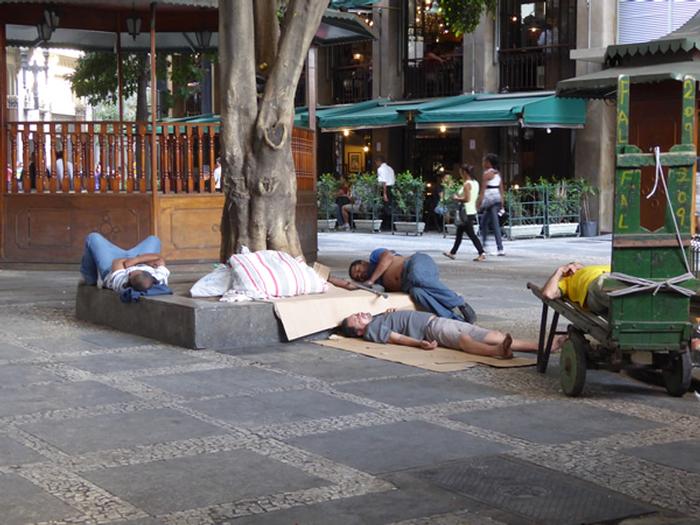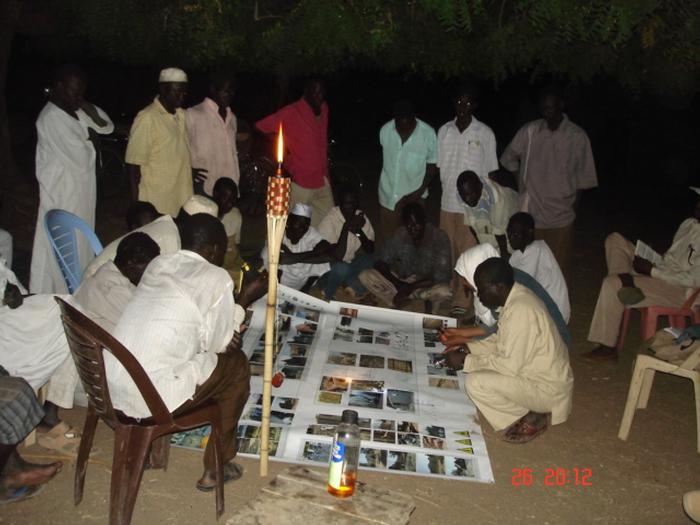Dhruv Bhatia and Srishti Grover - ProposalQuilting The Crevices: Restructuring Lives Through ArchitectureIn March 2020, India declared a nationwide lockdown, urging its citizens to stay at home.
How does one stay at home when there is no home?
Left out of this picture were the city's homeless migrant workers. A slew of obstacles, including potential starvation and despair, dread of COVID-19 and social prejudice, highlighted their fragility. Overnight, the city they had worked to construct and manage seemed to turn against them.
Engaged in menial professions with low pay and no social protection, these workers are often pushed to the outskirts of the city, both in space and in the imagination of town planners.
Such was the story of people of Majnu ka Tilla, residing at the northern fringe of Delhi- uneven and filthy paths, blocked sewage lines, crumbling sheds of tarpaulin and a myriad of socio-economic issues.The pandemic exacerbated their precarious conditions, enforcing them to end up on streets. They have since been waiting to rebuild their lives anew.
As students of Architecture and Economics collaborating, we are optimistic in our idea and capacity to uplift the city’s migrant workers. We hereby propose a 3-stage strategy:
Participation
We aim to understand their needs and apprehend pressing concerns by establishing inclusive and enduring partnerships through negotiations and dialogues. Recasting the "vision plan" as a storytelling exercise, we shall get all ages and backgrounds invested in the planning/devising processes. Hence, we inquest to study the cultural backgrounds, occupational structures, communal practices and quotidian engagements of the community.
Progression
Our intent is to examine the divergent perspectives and shape them into testimonies, primarily guiding the precept. We shall identify the key wasted or underutilised spaces in the area, like vacant lots that are turned into dumping grounds. We plan to build prototypes - each having its own character and serving a bio-centric model of architecture through utilisation of local materials and low-energy processes for fabrication and construction. Including an ‘Aangan' (Courtyard) for evening gatherings, collaborative activities and NGO workshops, can incubate the community nexus.
Implementation
The core team will include representatives from community, local government bodies and NGOs. Two such suggestive entities are:
Nivasa, an architectural NGO, provides professional design with cost-effectiveness and region-appropriate housing by making owners the advocate of change. Disha Foundation, working in health, livelihood and legal aid engages local and state authorities to ensure inclusive development.
We plan to facilitate the project funding through government funds, banking establishments and Company CSRs. To create a sense of ownership, we suggest seeking users’ involvement as ‘Kar Sevaks’ (voluntary labourers) and contribution as a minimum financial component demonstrating a collective might.
We recognise that any conceptual plan may need to be modified in future due to changing circumstances. In describing architecture that is for and by the people, the essay attempts to bring out the potential of collaboration and open-source design through Nivasa and for agglomerating a conscious approach in elevating the community, through Disha.
Together, with synthesized learnings from the two praxis, it aspires to develop a sustainable model for community-centric practice that is affordable, adaptable and accepted.
Additional Help and InformationAre you in need of assistance? Please email info@berkeleyprize.org. |


